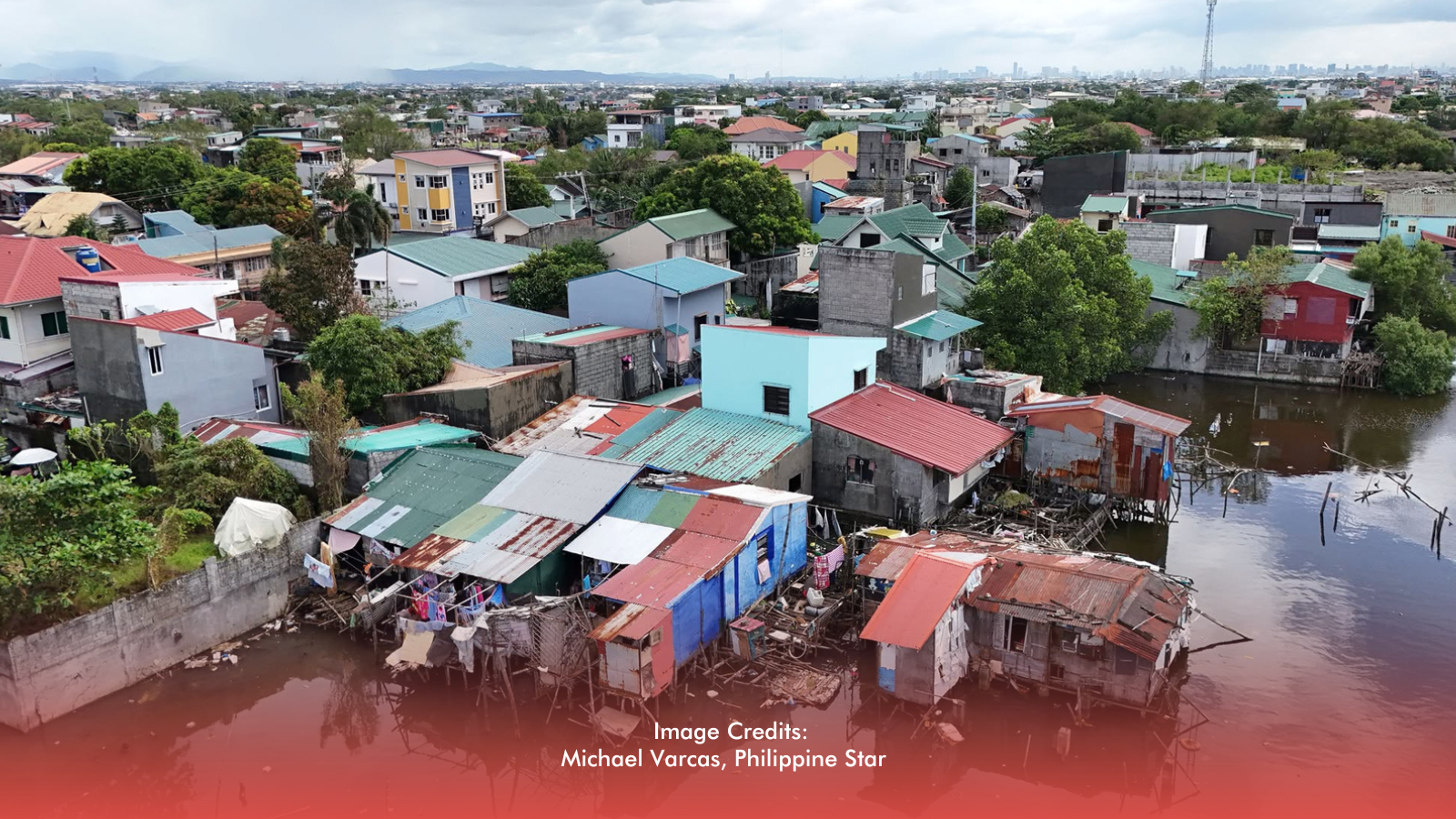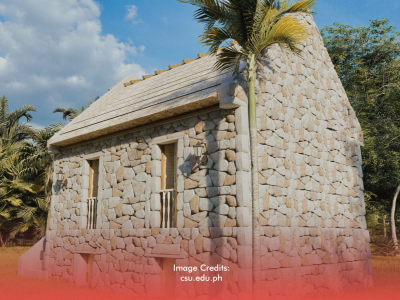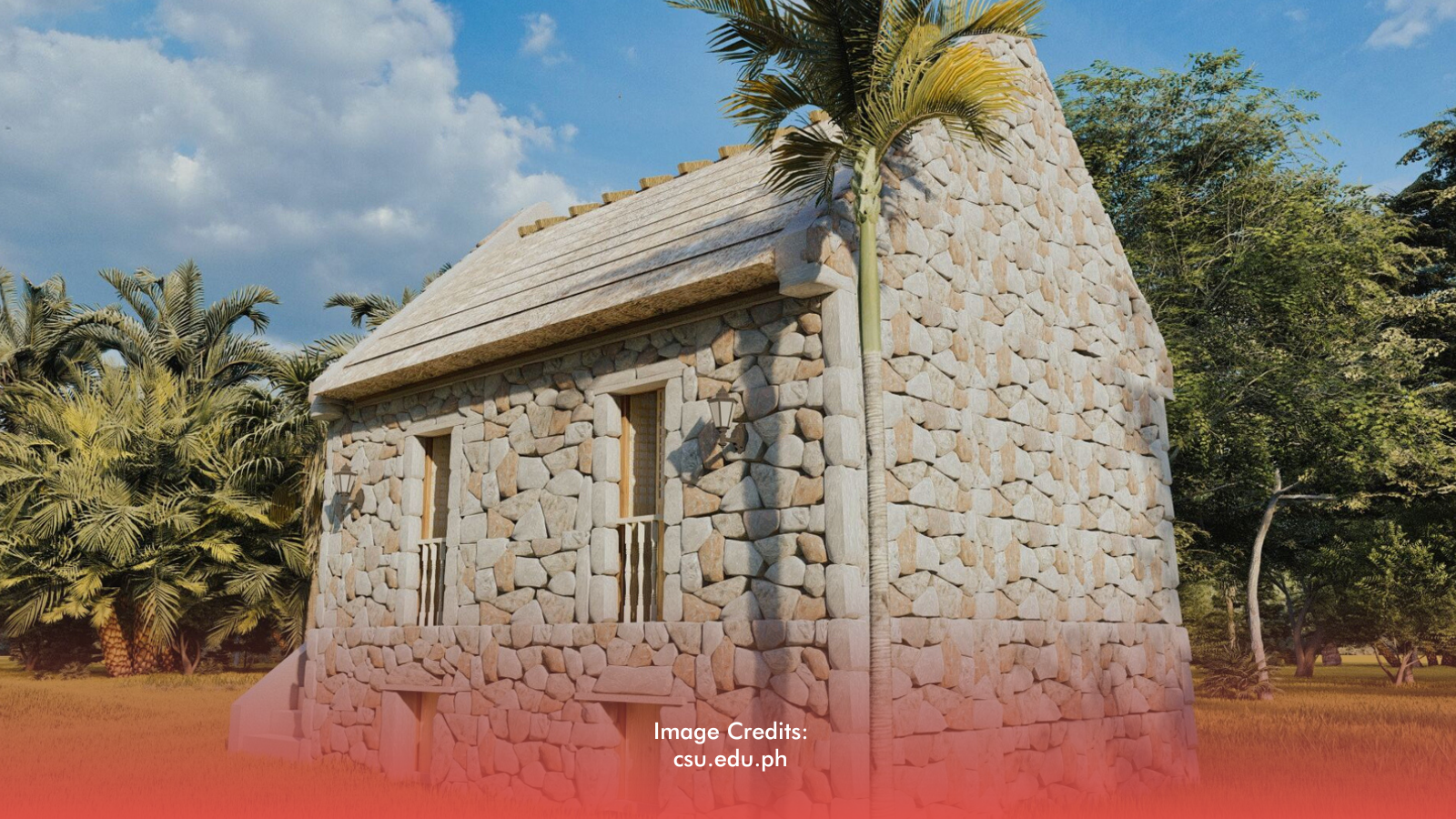The Climate Change Commission (CCC) has urged local governments to strengthen climate adaptation efforts amid projections that up to 30% of Metro Manila may be permanently underwater by 2040 due to rising sea levels and more extreme weather events.
The forecast, drawn from national climate assessments, identifies the capital region—including Quezon City—as among the country’s most flood-prone areas. In September, parts of Quezon City were submerged after a week’s worth of rain fell in just three hours, underscoring the urgency of improved flood-management systems.
According to the National Adaptation Plan 2023–2025, significant sea-level rise is expected between 2030 and 2050. CCC Commissioner Rachell Anne Herrera said around 160 square kilometers of land in Metro Manila could be permanently inundated within two decades. While national policies and technical standards have been issued, Herrera emphasized that implementation at the local level is crucial. Cities and barangays, she said, must integrate climate directives into zoning rules, permitting systems, operational protocols, and community communication strategies.
QC Flags DPWH Over Flood-Control Issues
At a recent flood summit, Quezon City Mayor Joy Belmonte criticized the Department of Public Works and Highways (DPWH) for allegedly ignoring the city’s drainage master plan. She said the city submitted the plan to secure national support, but “the DPWH did not act on it.”
Belmonte also alleged that P17 billion worth of DPWH flood-control projects in Quezon City were either defective or untraceable, which she said contributed to worsening flooding. The city has begun investigating and has forwarded its findings to the Independent Commission for Infrastructure (ICI).
QC Pushes Its Own Mitigation Projects
Despite these issues, Quezon City continues upgrading drainage systems, widening roads, and constructing retention ponds, some integrated into community facilities like basketball courts. Ongoing work at Lagarian Creek has widened the waterway and cleared accumulated silt and garbage. Additional retention structures capable of storing up to 928 cubic meters of water are being built inside the Quezon Memorial Circle.
City officials said these measures form part of a long-term effort to reduce flood risks and prepare communities for the impacts of climate change.








